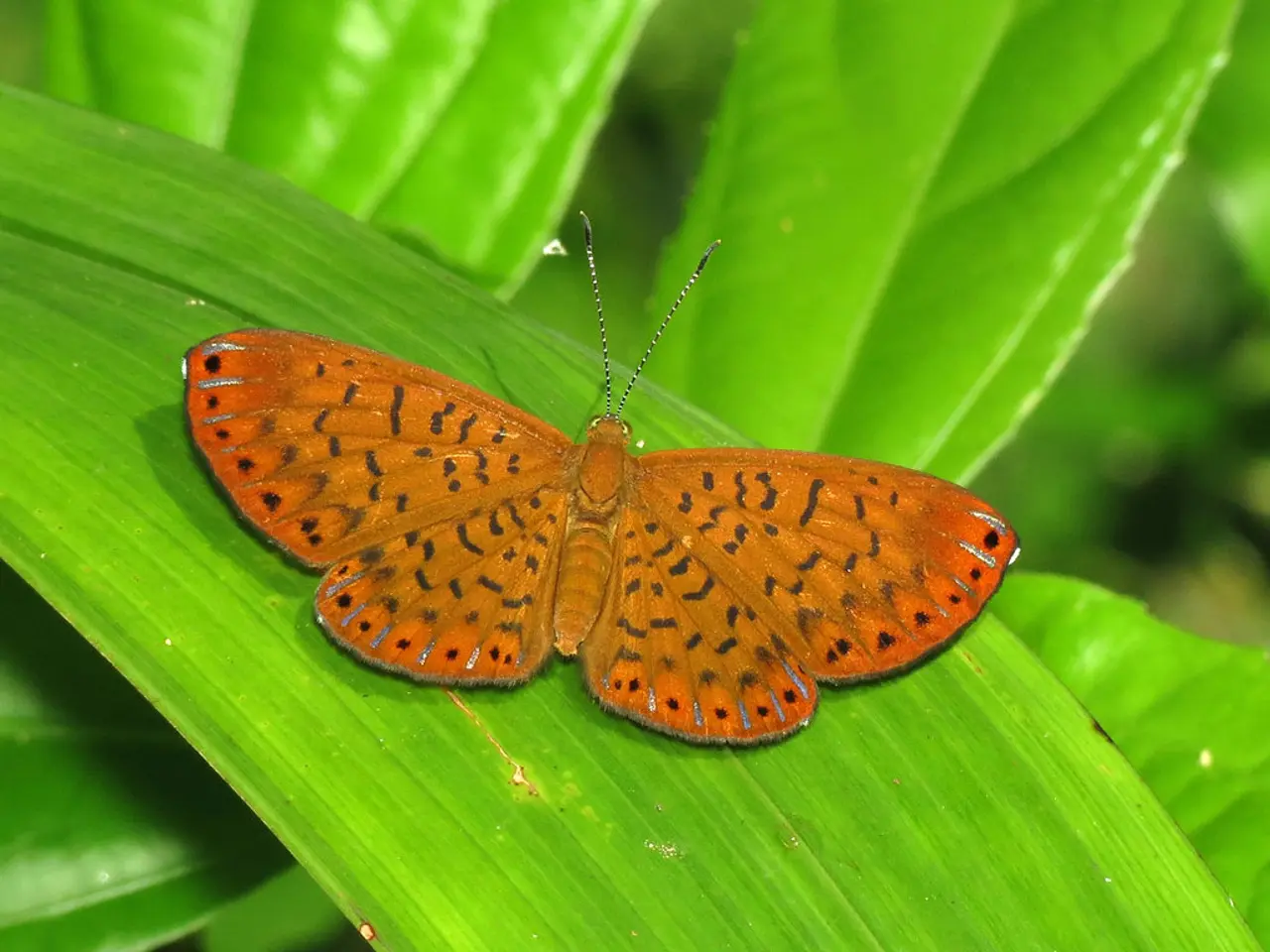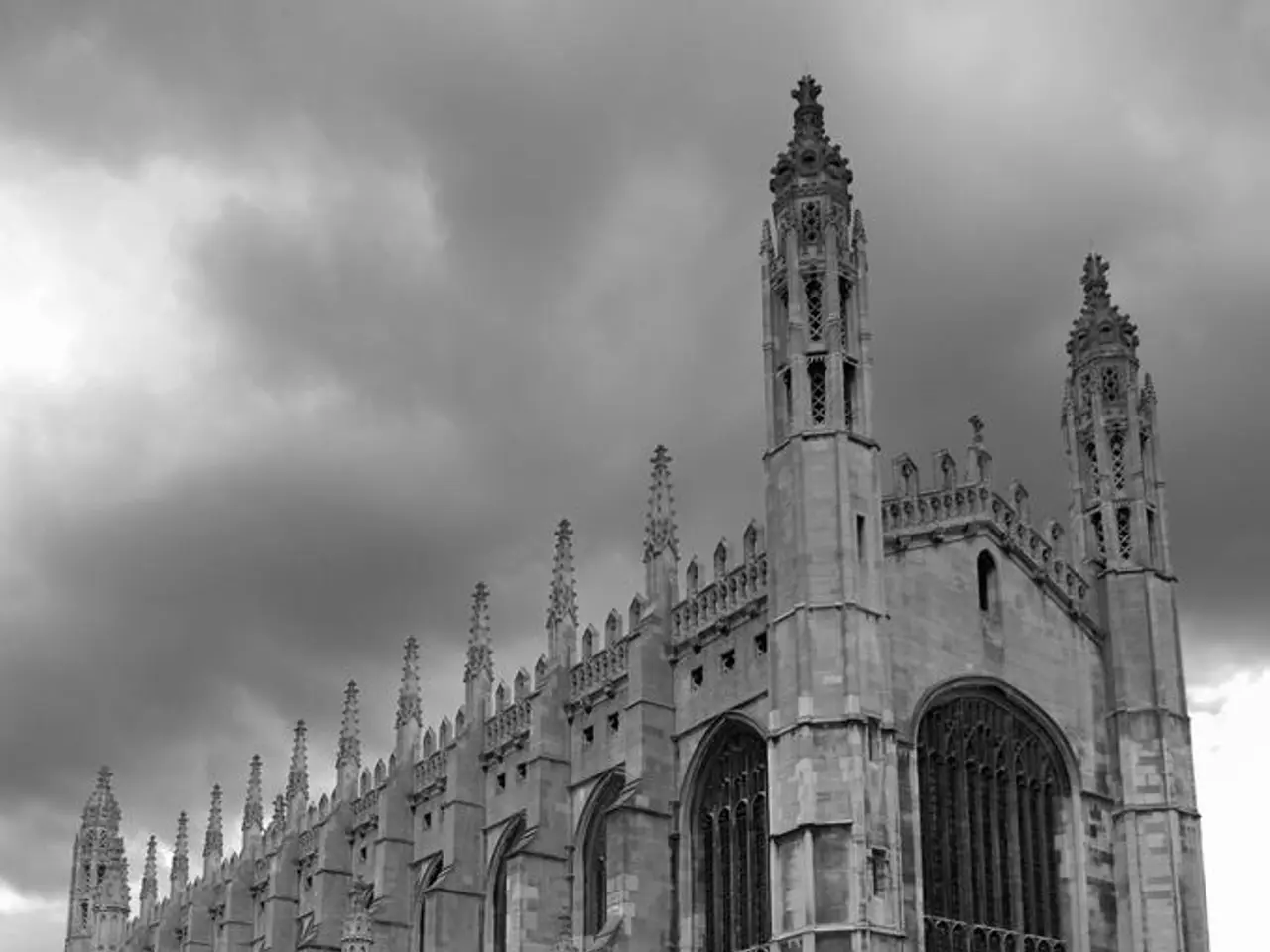Guide for Trimming Butterfly Bush: Key Strategies for Vigorous Development
Butterfly bushes (Buddleia) are beloved for their vibrant blooms and ability to attract a variety of pollinators. To maintain their health, promote vigorous growth, and maximise flower production, pruning is essential. Here's a step-by-step guide on the optimal timing, tools, and techniques for pruning butterfly bushes.
**The Optimal Time for Pruning**
In colder climates, pruning is best done in late winter before new growth begins, while in moderate and warmer climates, it is advisable to prune in early spring or late autumn. This timing allows for the removal of dead or damaged wood and shaping of the plant for the coming growing season. It is crucial to avoid pruning in the fall to prevent encouraging new growth that could be damaged by frost.
**Necessary Tools**
- Sharp bypass pruners: For clean cuts on live and dead stems up to about ¾ inch in diameter. - Loppers: For thicker, woodier stems. - Gloves: To protect your hands from scratches. - Disinfectant: To clean tools between cuts, especially if you suspect disease.
**Steps for Pruning a Butterfly Bush**
1. Assess the Plant: Examine the bush for dead, diseased, or damaged wood, as well as any weak or spindly stems. 2. Remove Dead and Damaged Wood: Cut out all dead, broken, or diseased stems first, making clean cuts just above healthy tissue or at ground level. 3. Cut Back All Stems: Prune all remaining stems back to about 12–18 inches from the ground. Cutting nearly to the ground encourages robust new growth from the base, leading to a bushier plant with more flowers. 4. Thin and Shape: If the bush is dense, thin out some of the interior branches to improve air circulation and light penetration. Remove any crossing or rubbing branches. 5. Deadhead During Bloom Season: Throughout the summer, regularly remove spent flower clusters (deadheading) to encourage continuous blooming. 6. Clean Up: Dispose of all pruned material to prevent disease spread. If desired, apply a light layer of mulch around the base to conserve moisture and suppress weeds.
**Additional Tips**
- Drought tolerance: Once established, butterfly bushes are drought-tolerant, so avoid overwatering after pruning. - Deer resistance: These plants are generally resistant to deer and pests, so pruning is primarily for health and aesthetics. - Cold climate care: In colder zones, butterfly bushes may die back to the ground each winter and be treated more like perennials, requiring annual severe pruning to rejuvenate.
**Summary Table: Pruning Butterfly Bushes**
| Step | When | Why | Tools Needed | |-----------------------|---------------------|----------------------------------------|-----------------------| | Major Prune | Late Winter/Early Spring | Remove dead/damaged wood, shape bush | Pruners, loppers | | Deadheading | Summer | Encourage more blooms | Pruners | | Light Summer Prune | Summer (if needed) | Thin, shape, remove old growth | Pruners |
Follow these guidelines to keep your butterfly bush healthy, vigorous, and blooming beautifully year after year.
In the home-and-garden sphere, gardening enthusiasts can grow and maintain vibrant butterfly bushes by following a year-round pruning schedule. For homeowners in colder climates, pruning in late winter allows for the removal of dead or damaged wood and shaping of the plant before new growth begins, while those in moderate and warmer climates will find pruning in early spring or late autumn to be more beneficial. Maintaining a lovely butterfly bush is as easy as using the right tools, such as sharp bypass pruners, loppers, gloves, and disinfectant, and following a step-by-step guide that includes assessing the plant, removing dead and damaged wood, cutting back all stems, thinning and shaping the bush, deadheading during the blooming season, and cleaning up afterwards.




